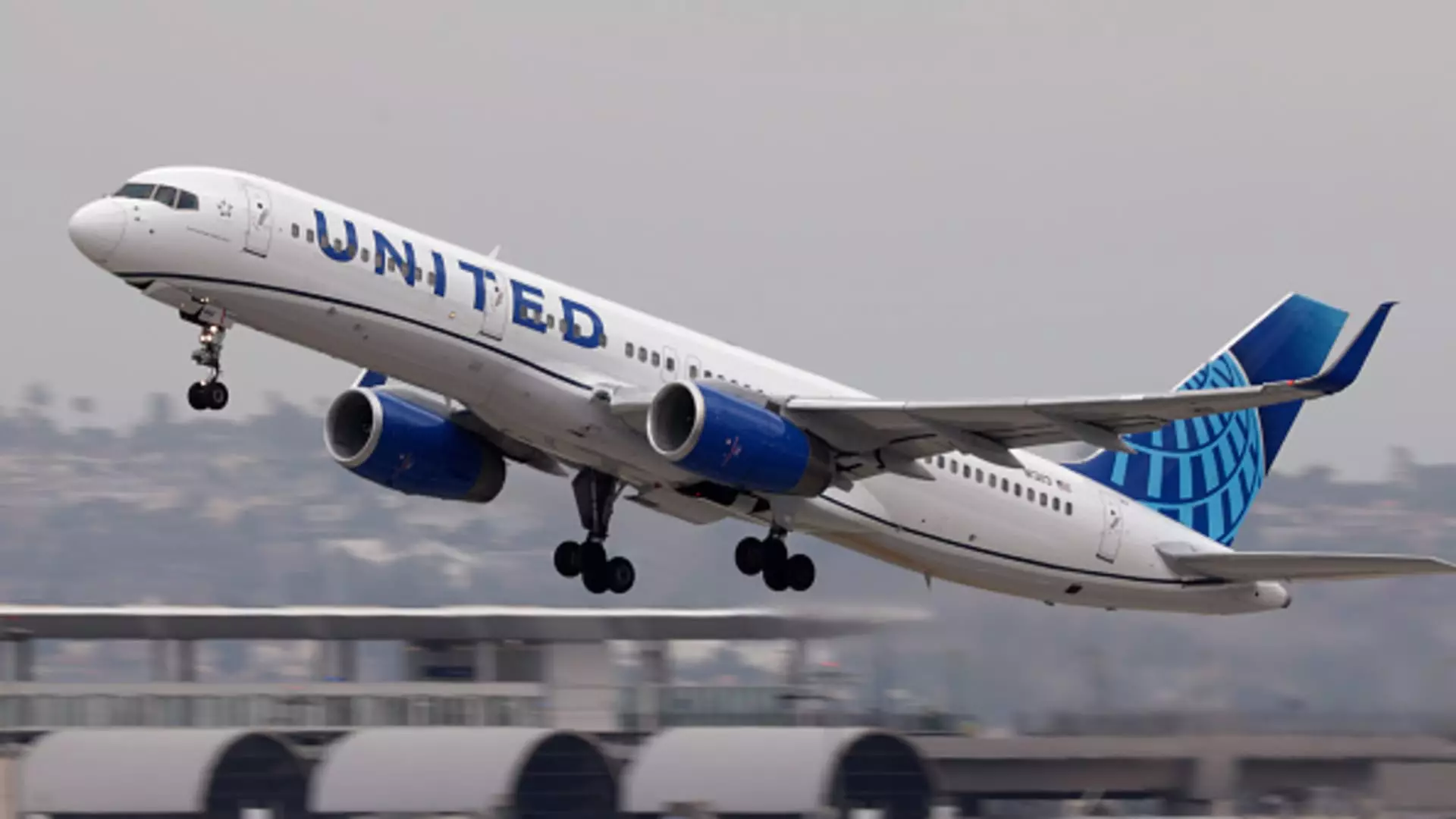In a bold move that reflects the evolving landscape of airline loyalty programs, United Airlines has announced significant changes to its MileagePlus frequent flyer program. Starting next year, customers aiming to gain elite status will find the requirements heightened by approximately 25%. This decision not only serves to enhance the airline’s profitability but also aims to create a more exclusive atmosphere among its highest-tier flyers.
The trend of many airlines, including United, is evident: an increased emphasis on spending over flying distance. This shift reflects a broader industry strategy that prioritizes revenue generation from premium travelers. By adjusting the criteria for elite status, United Airlines is clearly positioning itself to profit more from customers who are willing to spend actively rather than simply rack up miles. This move will likely instigate a surge in applications for co-branded credit cards, as the acquisition of Premier Qualifying Points (PQPs) will be more intertwined with credit card expenditures.
Under the revised guidelines, achieving the lowest tier status, Silver Premier, will now necessitate accruing 5,000 PQPs coupled with 15 qualifying flights—an increase from the previous thresholds of 4,000 PQPs and 12 flights. Alternatively, travelers can now achieve Silver status through spending alone, requiring them to earn 6,000 PQPs from expenditures, with the minimum spending on United flights rising from $5,000 to $6,000. Similar increases have been imposed across other tiers of the program, with Gold, Platinum, and 1K statuses also seeing enhanced PQP and flight qualifications.
The repercussions of these changes will likely resonate through United’s loyal customer base. Travelers accustomed to achieving elite status based on previous criteria may find themselves increasingly challenged to maintain their loyalty status. The perceived exclusivity of premium status may diminish due to overcrowded boarding and lounge environments, as more customers reach these elevated levels. The new structure aims to balance the scale of benefits with the growing number of high-spending travelers, but it remains to be seen if long-term members will accept this shift or consider alternatives.
As the airline industry continues to adapt and recover, programs like MileagePlus will inevitably evolve to meet changing markets and consumer behavior. United Airlines’ decision to raise the bar for elite status reflects a strategic move to cement its profitability while providing a semblance of exclusivity to its premium customers. As other airlines, including American Airlines and Delta, watch closely, loyalty programs may witness further transformations. The arrival of 2026 will be crucial, not only for United Airlines but for frequent flyers who must now reassess their strategies for maintaining elite status.


Leave a Reply